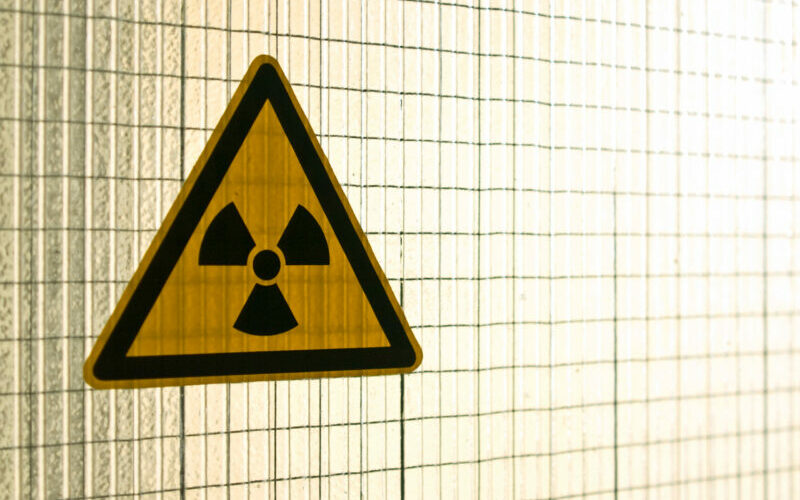International Day of the total elimination of the nuclear weapons - 26 September

On the 26th of September the General Assembly commemorates the International Day for the Total Elimination of Nuclear Weapons. It is an important occasion to reaffirm its commitment to global nuclear disarmament and to educate the civil society and the leaders about the benefits of eliminating such weapons in contrast with the social and economic costs of perpetuating them.
The final purpose of the International Day is a nuclear-weapon-free world which has been the main priority of the United Nations since 1959.
The International Day has been declared in December 2013 by the General Assembly in its resolution 68/32.
In resolution 68/32, the General Assembly called for the “urgent commencement of negotiations in the Conference on Disarmament of a comprehensive convention on nuclear weapons to prohibit their possession, development, production, acquisition, testing, stockpiling, transfer and use or threat of use, and to provide for their destruction.”
Pursuant to the resolutions of the General Assembly, Member States, the United Nations system and civil society, including non-governmental organizations, academia, parliamentarians, the mass media and individuals are encouraged to commemorate and promote the International Day. This is done by increasing public awareness and education about the dangers of nuclear weapons and the need for their complete elimination.
Yet, nowadays countries possess around 12,100 nuclear weapons. More than half of the population lives in countries that either have such weapons or are members of nuclear alliances. Moreover the countries possessing such weapons aspire to modernize their nuclear arsenals.
The international arms control framework that contributed to international security since the Cold War, acted as a brake on the use of nuclear weapons and advanced nuclear disarmament, faces great difficulties. World powers such as Russia suspended its participation in the Treaty on Measures for the Further Reduction and Limitation of Strategic Offensive Arms (“New START”) in 2023.
Timeline of some notable events
1945
The two atomic bombs destroyed the cities of Hiroshima and Nagasaki and are estimated to have killed a total of 213,000 people immediately.
1946
In its very first resolution, the General Assembly identified nuclear disarmament as a leading goal of the United Nations.
2013
The General Assembly held its first-ever high-level meeting on nuclear disarmament. The General Assembly, through its resolution 68/32, declared that 26 September will be the International Day for the Total Elimination of Nuclear Weapons.
2017
On 7 July, the Treaty on the Prohibition of Nuclear Weapons is adopted. It is the first multilateral legally binding instrument for nuclear disarmament to have been negotiated in 20 years.
To see the complete list of events visit the link

